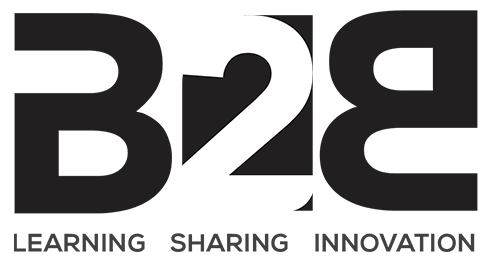In a country where traditional banking often remains out of reach for many, a quiet revolution is taking shape—one that is redefining access to credit for millions of underserved Indians. Digital Joint Liability Loans (DJLLs) are emerging as a game-changer, using technology to bring financial services to those who need these the most.
For decades, the poor in India—especially daily wage workers and small entrepreneurs—have struggled to get loans due to a lack of collateral and credit history. Banks, bound by conventional risk assessment models, rarely look beyond paperwork. However, what if trust, social networks and digital innovation could work together to fill this gap? That’s precisely what DJLLs aim to achieve.
At the heart of this model is the concept of shared responsibility—borrowers form small groups, and each member is accountable for repaying the loan. This system, widely used by microfinance institutions, is now being digitally transformed. Platforms like Kosh are leading the way by leveraging Artificial Intelligence (AI)-based credit assessments, social capital and mobile technology to make lending more accessible and efficient.
Take Ramesh, a vegetable vendor in Varanasi, for example. Traditional banks turned him away due to his lack of credit history. Nevertheless, through a digital joint liability loan, he secured funding with the help of a local group leader who vouched for him. The entire process—from application to disbursement—was completed on a smartphone, bypassing complex paperwork and long bank queues.
The impact of this model is undeniable. It is boosting Financial Inclusion (FI), empowering small businesses and fostering entrepreneurship. Digital lending platforms are not just offering credit, these are building virtual communities, where borrowers support each other and ensure repayment discipline.
However, challenges remain. Limited digital literacy, cybersecurity risks and inconsistent internet connectivity in rural areas continue to slow down adoption. Moreover, over-borrowing and multiple digital loans could lead to unsustainable debt. For DJLLs to thrive, financial education and strong regulatory frameworks are crucial.
Yet, the promise is immense. As India embraces digital finance, DJLLs have the potential to bridge the credit divide, making banking truly inclusive. With continued innovation and responsible lending, this new era of borrowing may finally unlock opportunities for those long excluded from the financial mainstream.
The future of lending isn’t just digital—it’s social, smart and accessible to all.
Liked this article? Join the conversation!
Send your exclusive piece to: info@b2bmarketmedia.com

























































